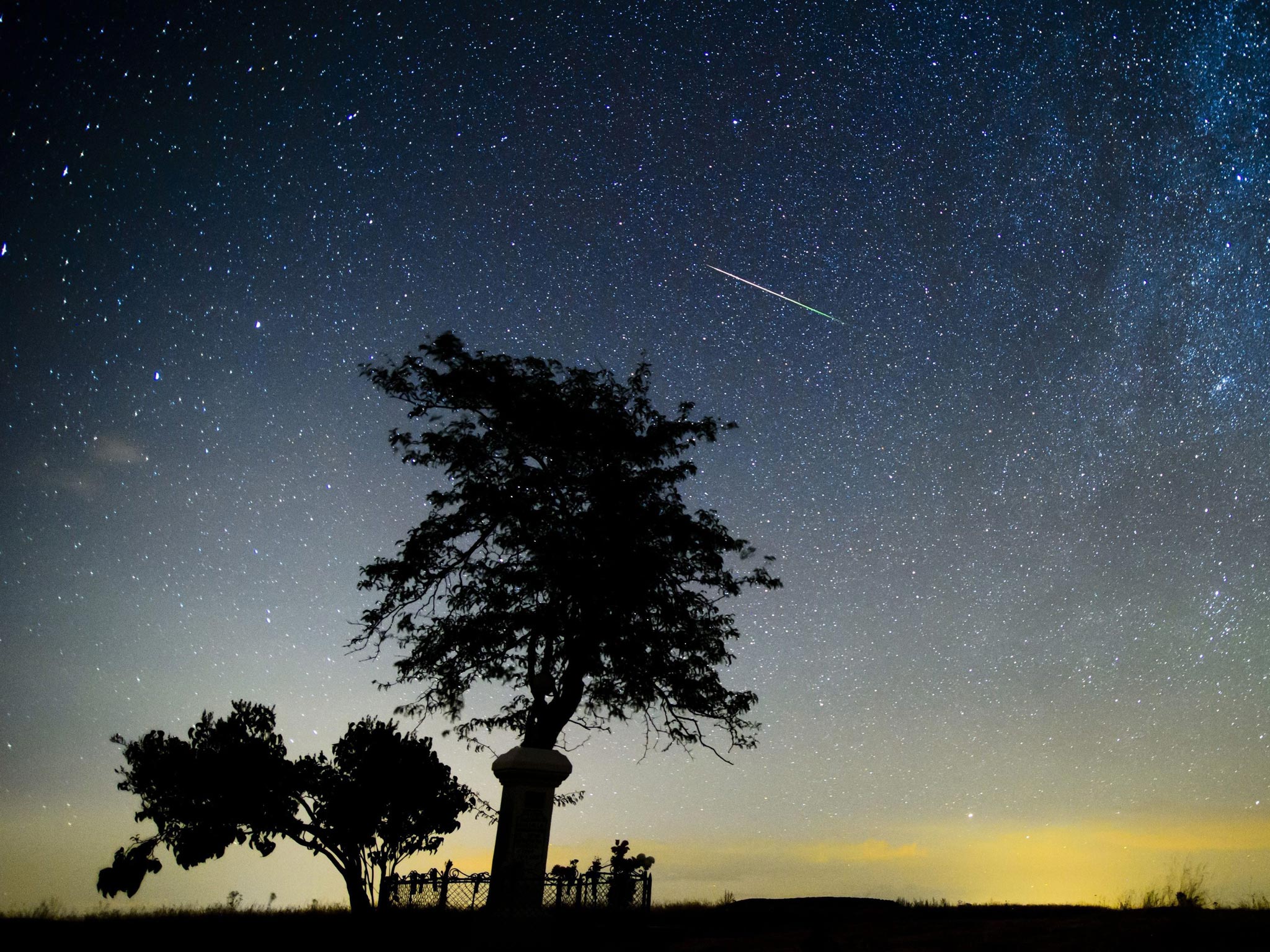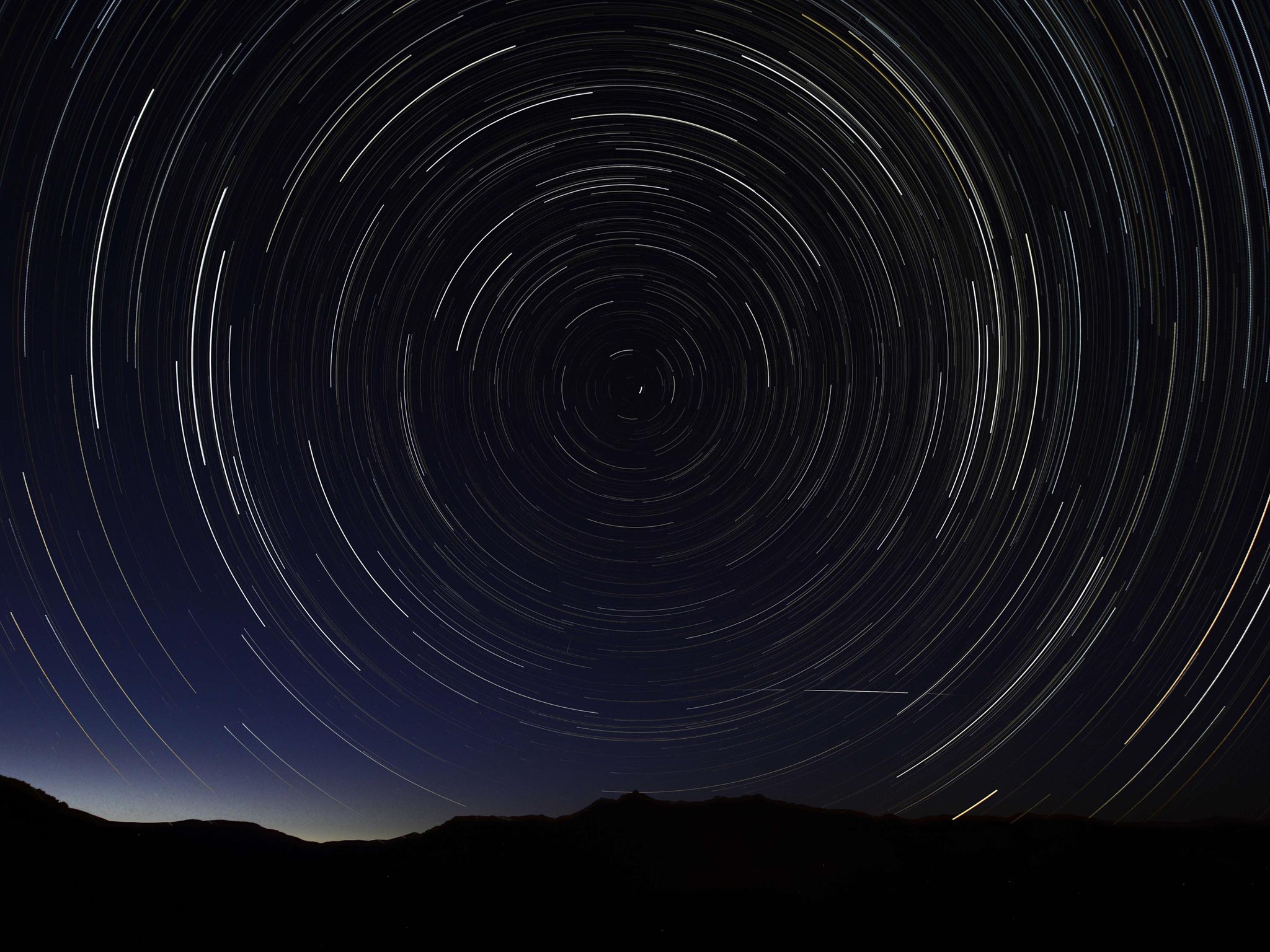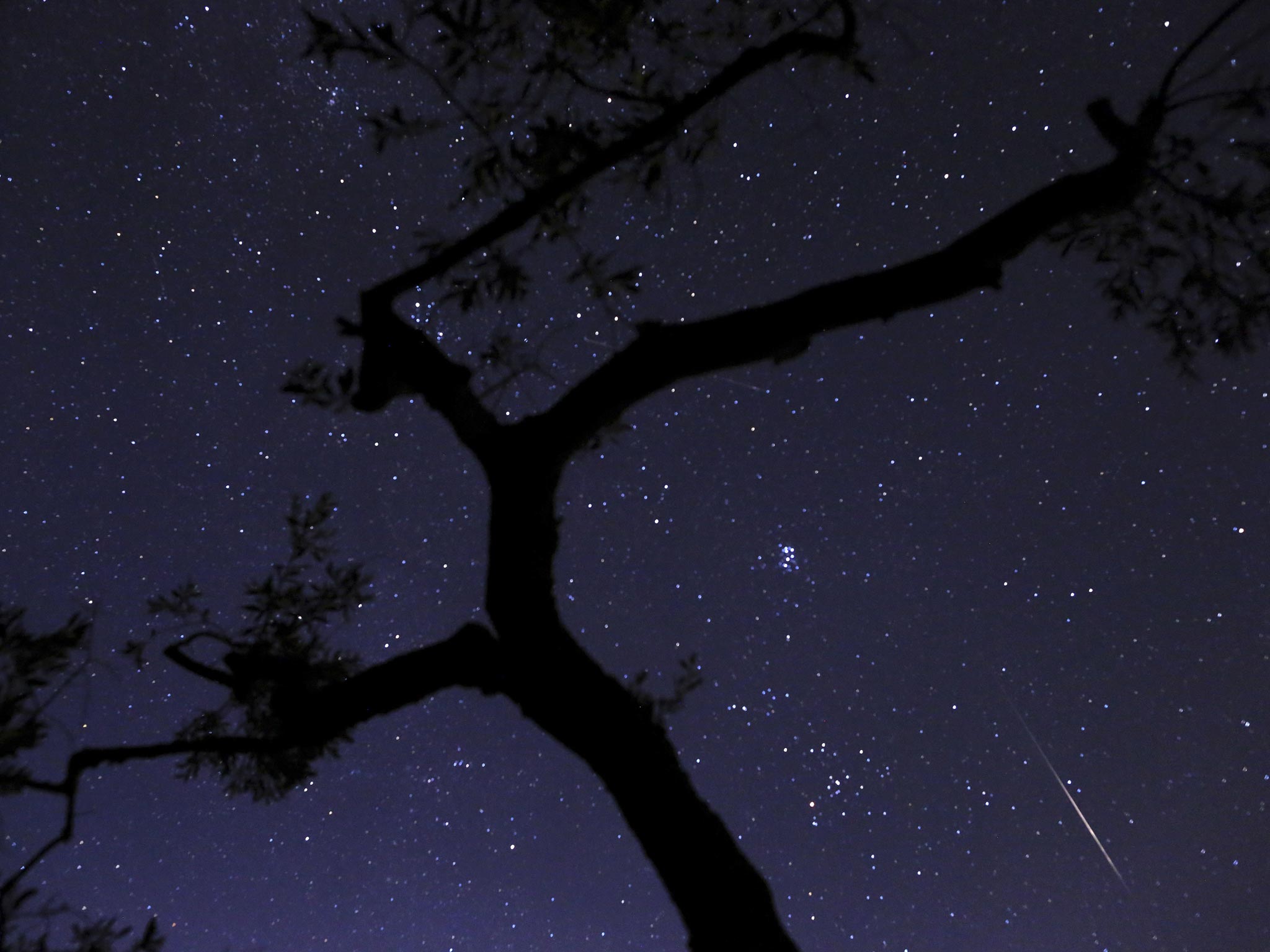Perseids meteor shower: Clear skies predicted for tonight's 'spectacular' firework display
Your support helps us to tell the story
From reproductive rights to climate change to Big Tech, The Independent is on the ground when the story is developing. Whether it's investigating the financials of Elon Musk's pro-Trump PAC or producing our latest documentary, 'The A Word', which shines a light on the American women fighting for reproductive rights, we know how important it is to parse out the facts from the messaging.
At such a critical moment in US history, we need reporters on the ground. Your donation allows us to keep sending journalists to speak to both sides of the story.
The Independent is trusted by Americans across the entire political spectrum. And unlike many other quality news outlets, we choose not to lock Americans out of our reporting and analysis with paywalls. We believe quality journalism should be available to everyone, paid for by those who can afford it.
Your support makes all the difference.The annual firework display in the sky known as the Perseids meteor shower – one of the most spectacular examples of “shooting stars” – could reach a peak this evening and Tuesday morning, astronomers said.
Each year between 17 July and 24 August, the meteor shower is active as the Earth’s orbit around the Sun passes through the cosmic material trailing from the tail of comet Swift-Tuttle, which last passed through our vicinity in 1992.
On Monday evening and Tuesday morning there is the possibility of seeing bright streaks of light flash through the sky at a rate of about one or two a minute, according to the Royal Astronomical Society.
“This year the prospects for the shower are relatively good, as the Moon is a waxing crescent and will have set from most of the UK by 11pm, meaning that its light will not interfere significantly with the view,” it said.
Meteors, also known as shooting stars, are small particles of material that collide with the Earth’s upper atmosphere at speeds of 36 miles per second, vaporising into flashes of light in the process.
Debris from the tail of Swift-Tuttle hits the atmosphere on the Earth’s annual migration around the Sun and appear to originate from a “radiant” in the constellation of Perseus, hence the name for the meteor shower.
“Unlike many celestial events, meteor showers are straightforward to watch and, for most people, the best equipment to use is simply your own eyes,” the society said. “Advice from meteor observers is to wrap up well and set up a reclining chair to allow you to look up at the sky in comfort. If possible it also helps to be in a dark site away from artificial light,” it said.
Professor Alan Fitzsimmons of Queen’s University Belfast said: “Comet Swift-Tuttle won’t be visiting our neck of the woods again until 2125, but every year we get this beautiful reminder as the Earth ploughs through the debris it leaves in its orbit.”



Join our commenting forum
Join thought-provoking conversations, follow other Independent readers and see their replies
Comments